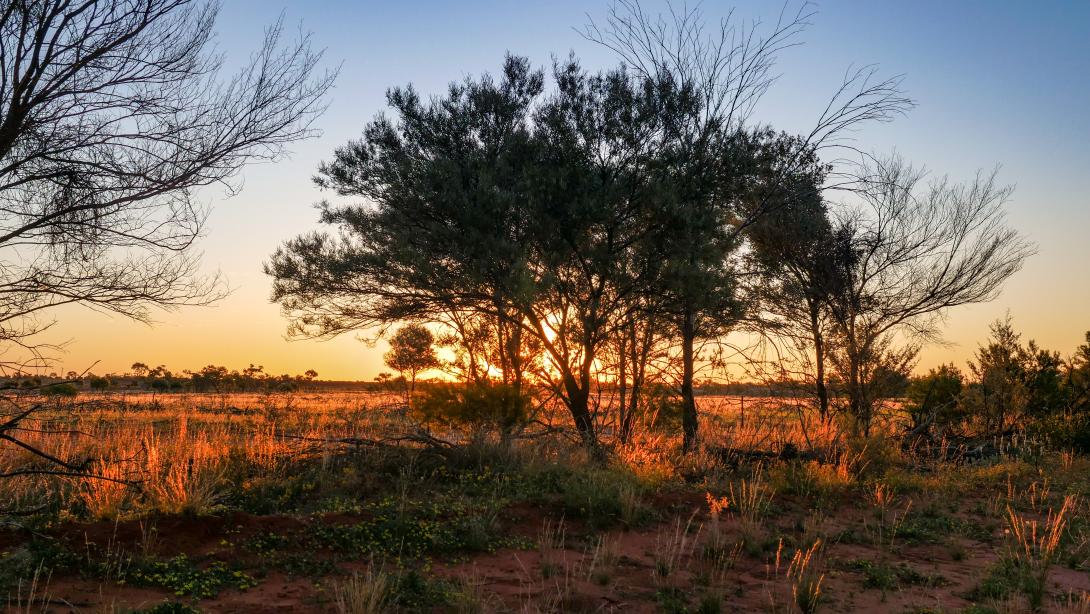Australia’s savanna fires release greenhouse gases, including methane and nitrous oxide into the atmosphere. Low-intensity, early dry season fires release less greenhouse gases than those produced by high-intensity, late dry season fires. Planned early dry season fires also increase the carbon stored in dead organic matter, such as logs and branches, that would otherwise burn in the uncontrolled fires.
‘Reflecting world-best outcomes, Australia’s savanna fire management combines the traditional Indigenous knowledge of Country with the techniques and technologies of modern science. This approach has resulted in less fire under more extreme conditions, thereby reducing emissions,’ Dr Rohan Fisher, Fire Researcher from Charles Darwin University, said.
Prescribed Body Corporates, landholders or other parties who hold legal right can register eligible land under the Australian Carbon Credit Unit (ACCU) Scheme. After a project is registered under the scheme, we may issue ACCUs to projects that report reduced carbon emissions through successful fire management on the ground.
Rohan said that First Nations people have used effective burning practices for tens of thousands of years.
‘There needs to be a reimagining of the need for fire as a tool, as opposed to the colonial view that saw fire as bad,’ he said.
He urged prospective ACCU Scheme participants to engage and partner with First Nations people to register projects under the savanna fire management method.
‘You need an intimate knowledge of Country before carrying out savanna fire burning activities. You need to know who to talk to, when and where to burn, and how to access that Country,’ Rohan said.
Indigenous projects account for 70% of the area registered under the savanna fire management methods. 74% of carbon credits produced by the savanna fire emissions avoidance method are generated by Indigenous carbon businesses. Enabling improved Indigenous fire management over 24 million hectares of north Australian savanna and abating around 1.2 million tonnes a year or 9.8 million tonnes of emissions since 2012.
Indigenous organisations report an increase in their capacity to care for Country, culture and communities as a result of their engagement in the carbon industry.

Under the ACCU Scheme, savanna fire management projects are subject to strict requirements that must be met. You should consider the costs or risks associated with the activities conducted, the measurement of carbon abatement and the monitoring, record keeping and reporting requirements.